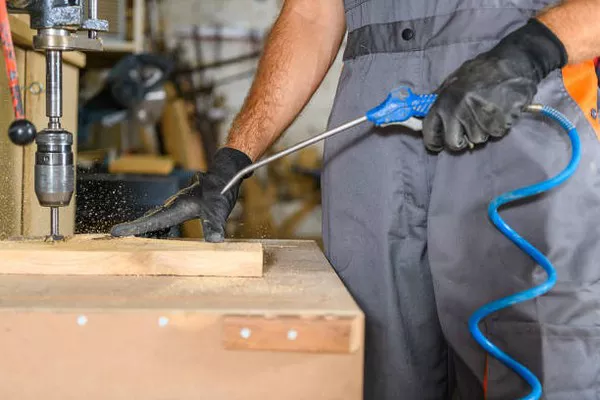The European Federation for Transport and Environment (T&E) has sounded a clarion call for immediate action from all stakeholders in the electric transport sector, particularly for heavy-duty electric vehicles (EVs). To ensure a smooth transition to electric transport, the organization emphasizes the pressing need for coordinated efforts by governments, charge point operators (CPOs), and transmission and distribution system operators (TSOs/DSOs) in planning and deploying essential charging infrastructure.
T&E’s recent survey, titled “Grid Readiness for HDV Charging,” outlines several critical steps that need to be taken:
Analyzing Future Charging Demand: Stakeholders must conduct a comprehensive analysis of future charging demand, pinpointing where it will occur to effectively plan infrastructure deployment.
Awareness Among Grid Operators: Grid operators should be made acutely aware of the projected demand to ensure their grid planning aligns with the anticipated needs.
Accelerating Administrative and Permitting Procedures: Swift action is required to streamline administrative and permitting procedures, minimizing delays in infrastructure development.
Breaking Down Silos: Collaboration among all stakeholders is vital to avoid silo thinking and foster a coordinated approach to infrastructure planning.
The regulation on the deployment of alternative fuels infrastructure (AFIR) mandates EU member states to establish recharging pools dedicated to heavy-duty EVs. While these targets underscore the importance of expanding EV infrastructure, questions have arisen concerning the readiness of existing distribution networks and the actions required to facilitate network connections.
Key findings from T&E’s survey include:
AFIR Ambition: The timelines specified in the AFIR targets are perceived as the more challenging metric. Achieving heavy-duty infrastructure targets by 2025 appears unrealistic, given the limited time remaining, especially when permitting procedures are necessary. This might necessitate a delay to 2027 or 2028. The 2030 targets are seen as challenging but feasible, with network development needed in certain regions to meet AFIR goals.
Planning and Permitting: Lengthy network planning and permitting processes in various EU member states pose a significant challenge, especially when high-voltage (HV) lines are involved, potentially taking over a decade. Existing legal frameworks do not allow for an acceleration of permitting processes, making timely implementation more difficult.
DSO Awareness and Focus: Distribution system operators (DSOs) need to adopt an anticipatory and proactive approach, allocate sufficient resources, and cultivate corporate cultures conducive to addressing AFIR challenges. National policy instruments incentivizing DSOs may also be necessary during the transition period until 2030.
Studies Needed: Compiling lessons learned from national studies at the EU level and sharing findings among stakeholders can accelerate grid connections, reduce costs, and mitigate supply gaps in border regions and transit routes.
Coordination of Planning: Coordination between planning motorway infrastructure and distribution networks at EU and national levels is currently lacking, despite the potential for improvement. Political targets should align with actual charging needs to help DSOs and other stakeholders plan effectively and communicate their requirements and challenges to policymakers.
T&E acknowledges the importance of charging hubs for geographic coverage but emphasizes the need for special attention in planning and implementation for those with low customer intensity and utilization. Suitable policy instruments, such as subsidies and service obligations, may be required for their viability.
In conclusion, T&E’s report highlights the urgency of coordinated efforts to ensure grid readiness for heavy-duty EVs, vital for Europe’s sustainable transport future.

